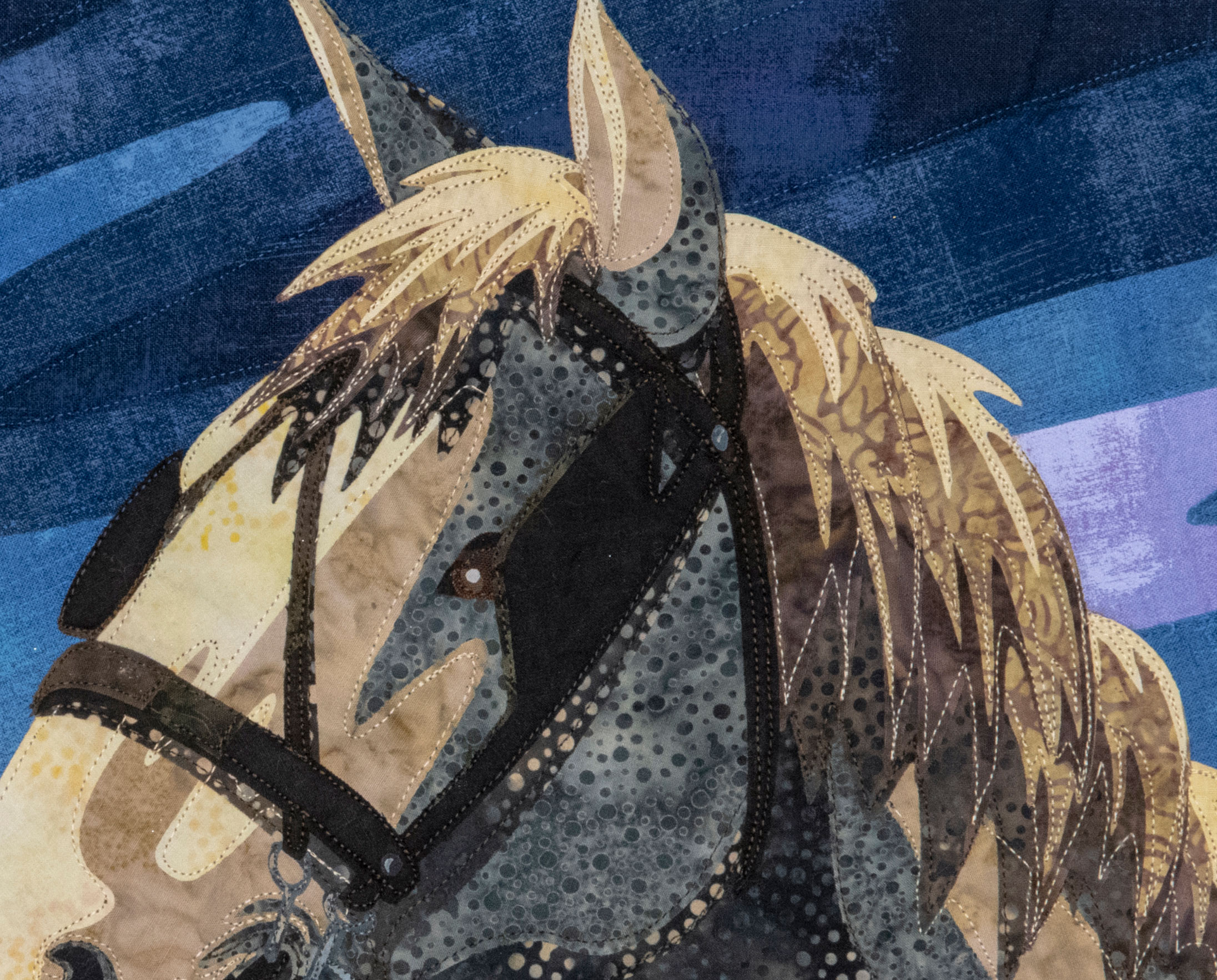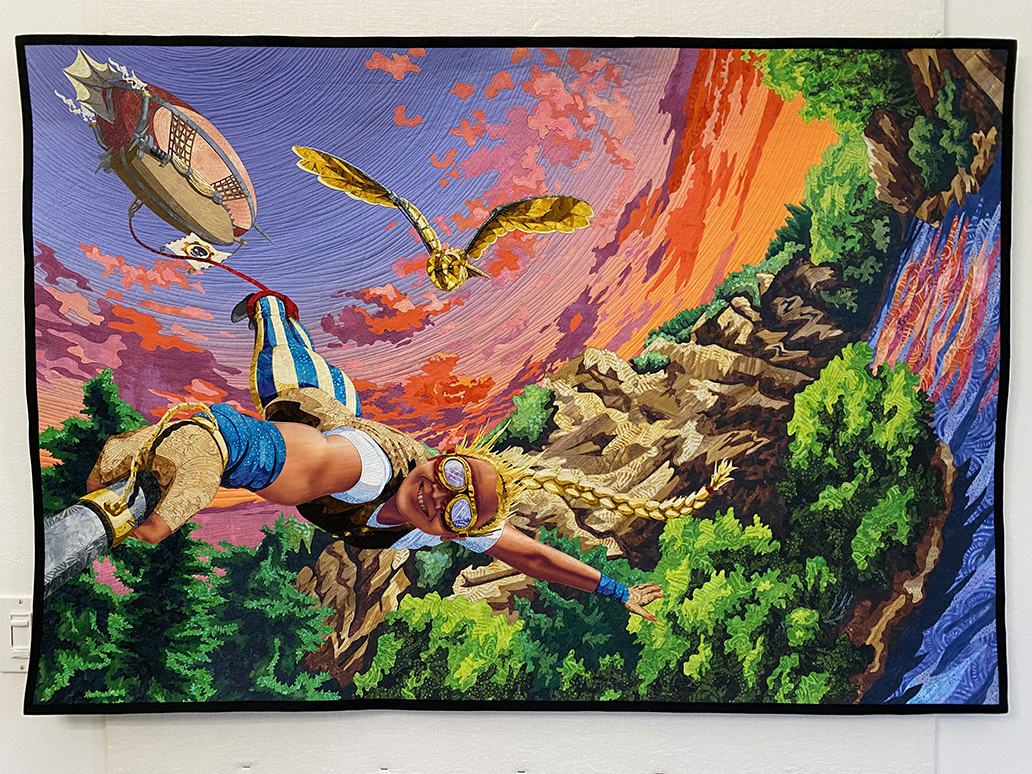Sewing Leap of Faith
- Published:
- Length: 490 words
- Reading Time: 3 minutes
If you've ever submitted a quilt to a traditional, judged quilt show, you've probably received a judging sheet included with your returned quilt once the show has finished. Judging sheets are filled out during the judging process and usually have categories and a rating scale, your quilt's score in each category, and (sometimes) direct comments from the judge him/herself. This information is invaluable in learning why a quilt did or didn't place, as well as what areas could use the most improvement.
I entered my first quilt show in 2018, and to date I've received a handful of judging sheets. The one consistent comment my quilts have gotten from most judges is that my quilts need more stitching.
Alright, challenge accepted.
What's the problem?
Up to now, every quilt I've made has been sewn in raw-edge appliqué style. That means I stitch around the outside edge of each piece of appliqué fabric making up the entire picture.
As you can see, I have not added any decorative or "filler" stitching. In some cases, this method has left large areas of fabric with no stitching whatsoever, and I believe it's these large "empty" areas to which the judges object.
More stitching!
My most-recently-finished quilt is Leap of Faith.

I know it doesn't look like it from the photo above, but I sewed the crap out of this quilt. (If you think Leap of Faith looks awfully similar to Steampunk Selfie, you would be correct. But Leap of Faith is an entirely different quilt. A more in-depth analysis of these two pictures will be the subject of an upcoming blog post. Edit 06-30-2020: That blog post is now available and can be found here.)
From the beginning, I have done my best to downplay and hide all sewing added to my quilts. With Leap of Faith, I faced the challenge of adding tons more stitching while still keeping it secondary to the fabric. And to that end, I believe I've succeeded. When standing just 5 feet away from my quilt, it's almost impossible to tell anything other than the sky has been sewn.
(I originally intended to go into detail explaining my stitch theory here, but it ended up being too much text. If you're interested, read about why I sew my quilts the way I do here.)
This short video shows some close-ups of the stitching in this quilt:
Conclusion
In total, I spent 80 hours sewing this 55" x 36" quilt. Now I wait to see what the judges think!
